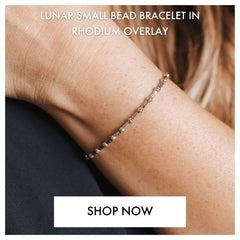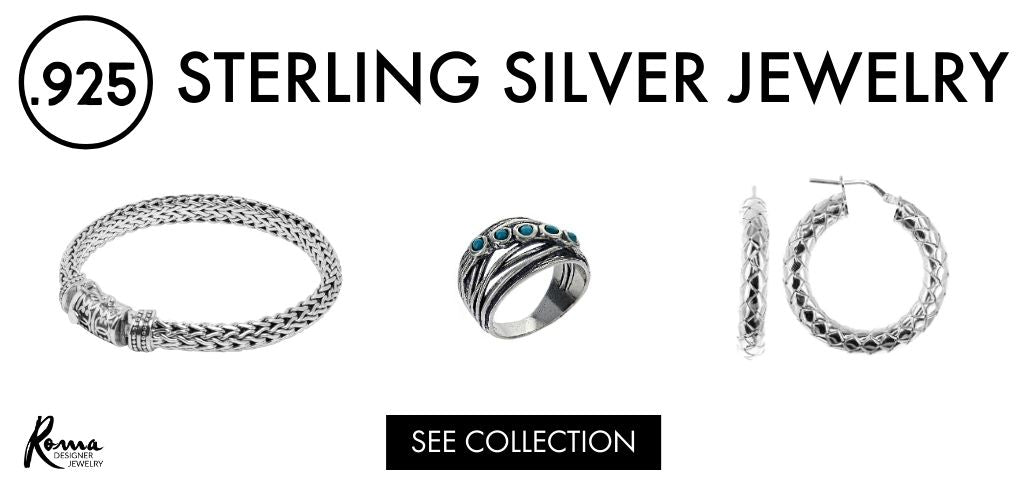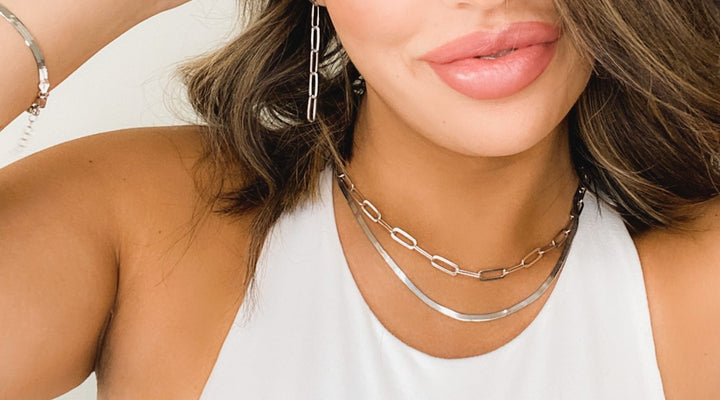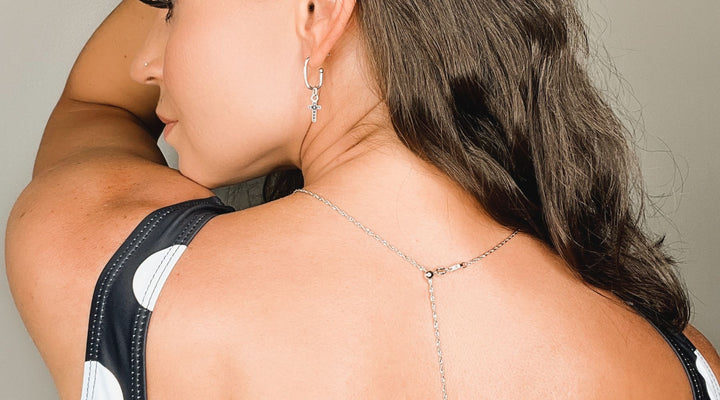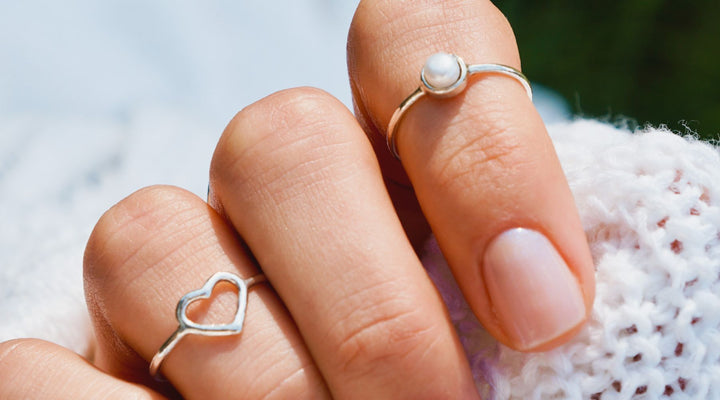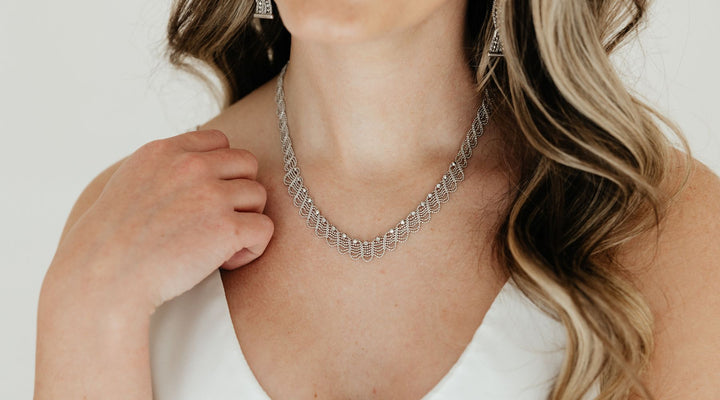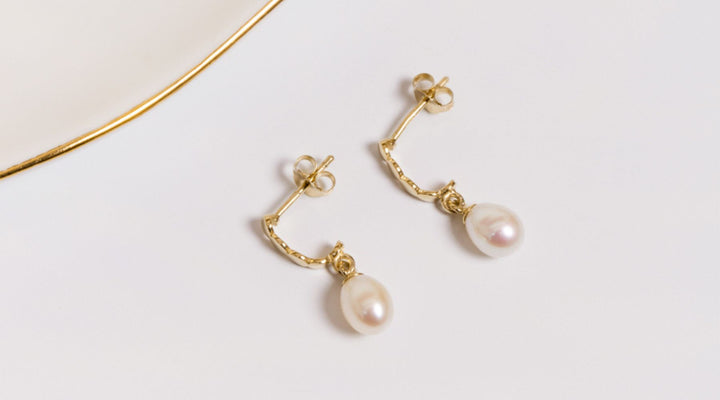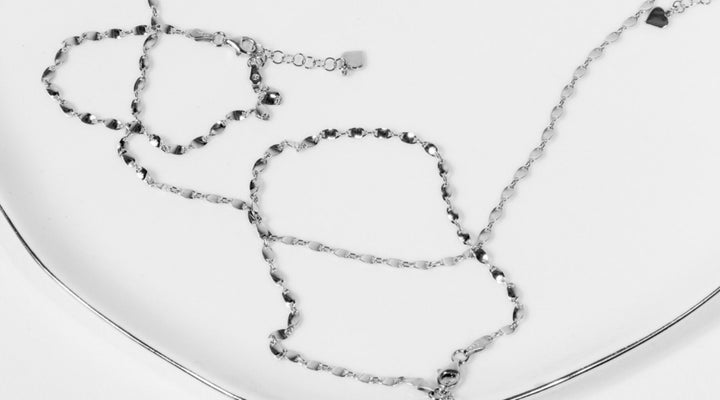Jewelry Question: What Metals Are Hypoallergenic?
Posted by Deven Davis on
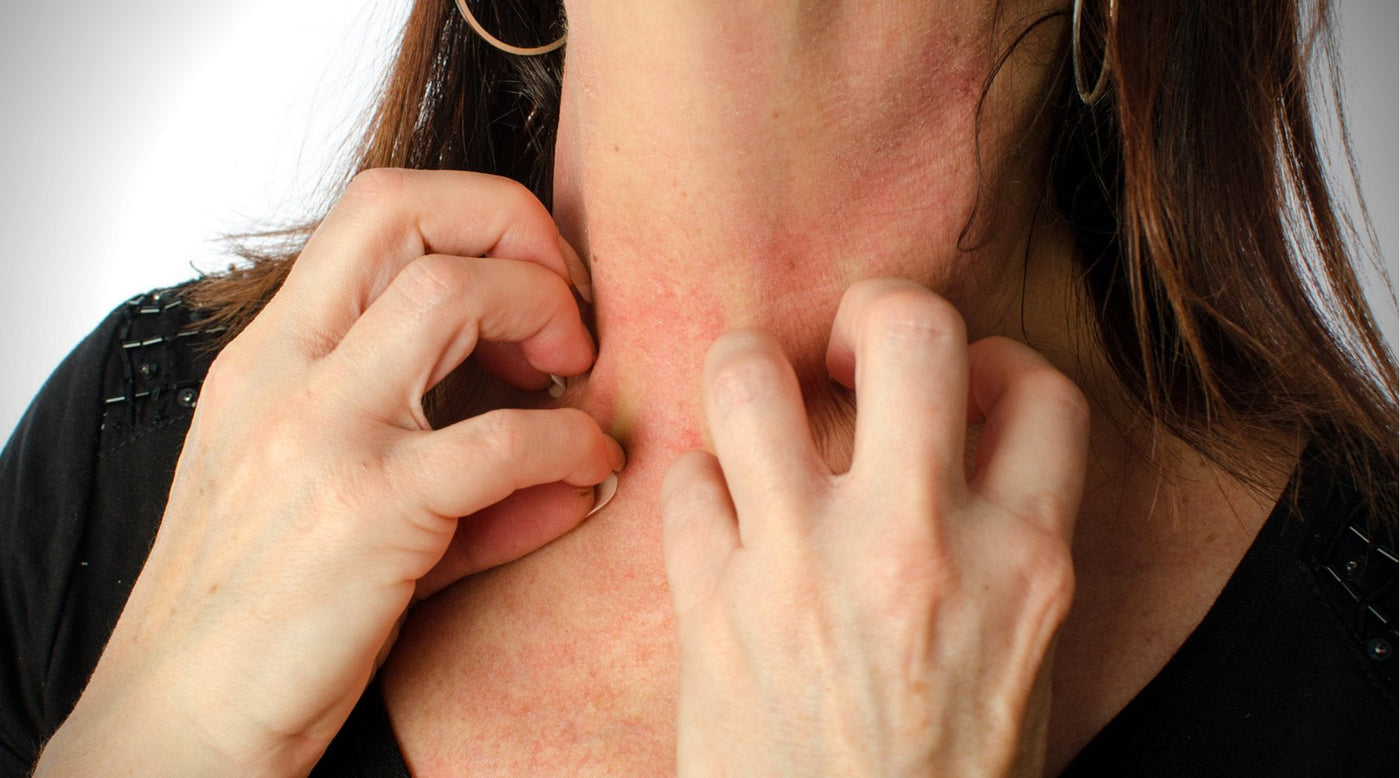
Silver Jewelry Question: Is Sterling Silver Hypoallergenic?
Have you given up on cheap silver-tone jewelry because it always causes an allergic reaction? Have you tried wearing sterling silver jewelry? If you're wondering, "is sterling silver hypoallergenic," this post if for you!
Keyword(s): Primary KW - is sterling silver hypoallergenic;Secondary KWs - hypoallergenic earrings, nickel free earrings, is sterling silver good, hypoallergenic metals, jewelry allergy
Have you ever found your perfect piece of jewelry, only to be severely disappointed the next day when you break out into itchy rashes?
Then, you may have a metal allergy. Symptoms include rashes on the skin, redness, swelling, and itching where the metal makes contact with the skin. This can be especially uncomfortable somewhere like the ears if you unknowingly wear a pair of earrings made of metal you are allergic to.
Knowing the difference between hypoallergenic jewelry and normal jewelry can help you make an informed decision. You may also be wondering: is sterling silver hypoallergenic?
Read on to learn everything you need to know about sterling silver and allergies.
Is Sterling Silver Hypoallergenic?
The answer to that question is: it depends.
Genuine sterling silver gets the label "sterling" because it must be at least 92.5% pure silver. However, the remaining 7.5% can be filled in by other types of metal. Most of the time, the remaining percentage is copper. Copper is great because it is also a non-allergenic metal.
However...
There are "less-than-reputable" jewelry manufacturers (mostly in China) that will mix in cheaper options like nickel. Approximately 5-10% of the population has a nickel allergy. The nickel allergy is also the most common metal allergy. Coming into contact with any nickel when you have this allergy results in skin irritation and itching.
Something else you may see from dubious manufacturers is "silver" jewelry that's actually just silver plated. Silver-plated means that there is a thin layer of silver coating over the base metal. This thin layer of silver can easily flake or scratch off, exposing your skin to whatever metal is underneath - usually inexpensive brass or other cheap base metals.
Another term on jewelry labels is "silver filled". This term can be quite confusing, as it may lead you to believe that this means that the middle of the jewelry is filled with silver. That is not the case.
Silver filled jewelry is essentially just a thicker layer of silver plating, supposedly thick enough so that it won't flake off. However, this thick layer of silver plating does not guarantee that you will not get an allergic reaction. It may be cheaper in cost, but the uncomfortable symptoms of an allergic reaction may not be worth it.
Hypoallergenic Jewelry
Hypoallergenic jewelry is specifically made for those who experience allergic reactions to certain types of metals. Most people who have an allergic reaction are reacting to nickel. Always check labels to see if the piece of jewelry you are interested in is nickel-free.
Below are some other types of metal that are hypoallergenic, and would be great options for those who experience allergic reactions.
Gold
Gold is a great hypoallergenic option. Gold is measured by different karat counts. 24kt gold is the highest karat count, it is pure gold. It means that 24 out of 24 karats are made of pure gold.
However, 24kt gold is very soft, oftentimes too soft for jewelry. Most of the time, you will find jewelry made out of 14kt gold, which means that 14 out of 24 karats are made of pure gold. The other 10 parts are made from other metals.
Small to very small amounts of nickel can be found in the other parts. But most people who are allergic to nickel may still wear these pieces without a reaction if they purchase high-quality gold. These pieces are usually a high percentage of gold and a very small percentage of other metals.
Platinum
Platinum is a hypoallergenic metal and a great choice for jewelry. Although it tends to usually be a bit more expensive than other metals, it rarely tarnishes and won't leave you with an itchy rash.
Platinum is also known as one of the strongest, most durable metals in the world. So, investing in platinum pieces is a great idea because you know that they will last forever, if not for a long time.
Rhodium
Rhodium is in the same metal family as platinum and is a hypoallergenic metal as well. It is used to "finish" white gold and is responsible for the long-term shine and luster of white gold pieces. Although it also tends to be a bit more expensive than other metals, it rarely tarnishes and won't leave you with an itchy rash.
Many designer jewelry companies are now using rhodium to finish their sterling silver jewelry pieces as well. This rhodium plating over sterling silver gives the customer the best of both worlds: A reasonable price point + anti-tarnish qualities of more expensive white gold jewelry.
One great example of a brand using rhodium over sterling silver is Eros Milano of Italy. Premium-quality sterling silver designer jewelry made in Milan, Italy.
Argentium
Argentium is a type of silver. It is hypoallergenic because it uses germanium for a hardener. Using germanium as a hardener leads to a slightly brighter silver color. Many have also noted that it is tarnish-resistant.
Argentium sterling silver is also certified 100% recycled, reducing demand for mining virgin silver ore. Of course, that also means that it is environmentally friendly, reducing pollution and harmful emissions.
Niobium
Niobium is another great choice for people with metal allergies. It is highly resistant to corrosion and is used in medical implants and tools. Niobium is never plated or painted, so the color will not flake or wear down.
Niobium contains no nickel, lead, or other additives which is why it is hypoallergenic. It is available in a variety of colors, which is great for the more eclectic jewelry wearer.
Ready to Purchase Hypoallergenic Jewelry?
It may seem a little overwhelming to figure out which jewelry pieces will give you an allergic reaction or not. The most important thing is to always read labels and make sure the ingredients of the piece are as hypoallergenic as possible.
There is both high and low-quality sterling silver used in jewelry. The lower the quality, the more likely there will be metal elements such as nickel in it. If you have a metal allergy, chances are it is to the nickel.
While the notion of "Is sterling silver hypoallergenic?" can be confusing, investing in high-quality hypoallergenic jewelry is always a smart idea. These pieces are investment-worthy, and you know you will be able to wear them for years to come without worrying about your skin having a bad reaction.
We recommend a high-quality 925 sterling silver chain to begin with.
Click here to learn about all things jewelry!
